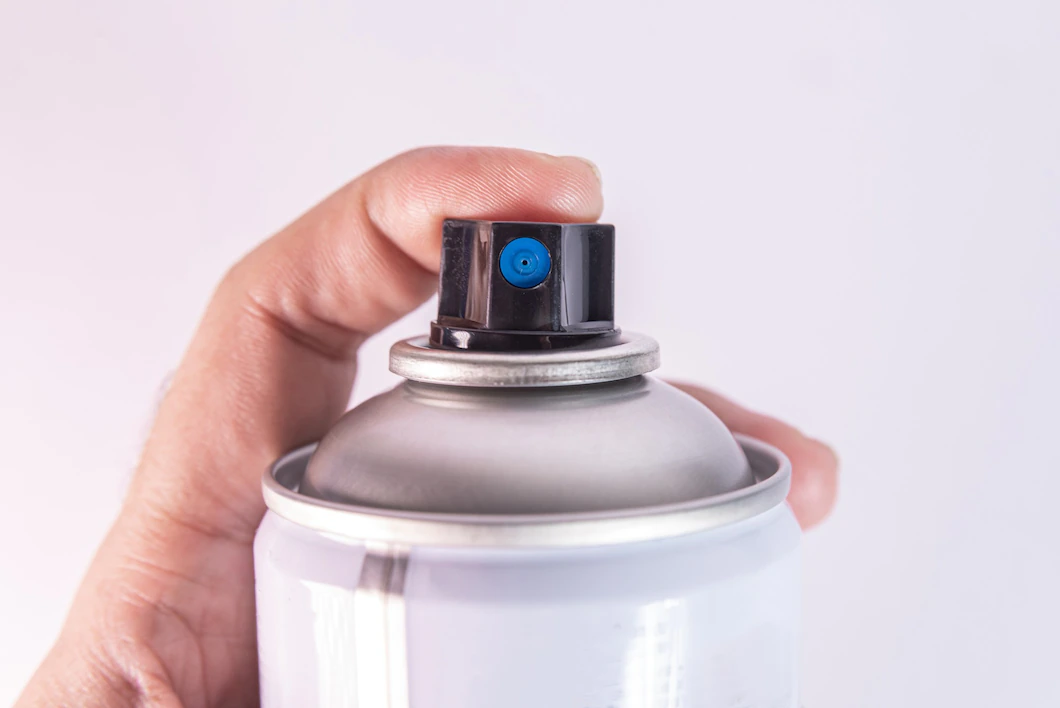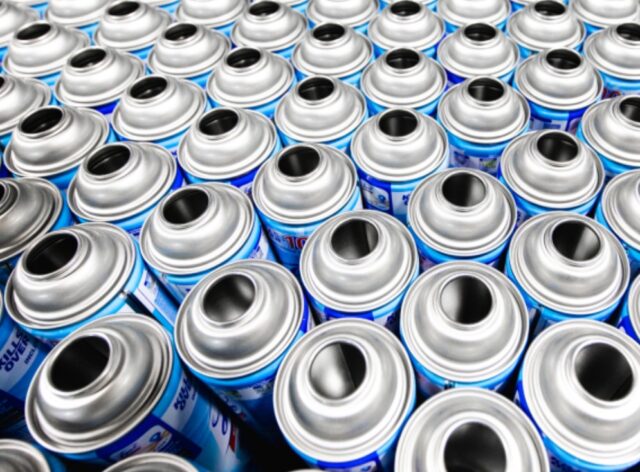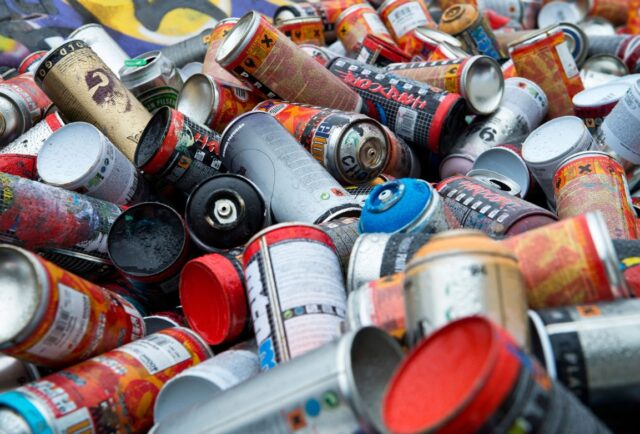
Aerosol cans are supposedly bad for the environment, as has long been claimed. A can of spray paint, hairspray, insecticide, deodorant, or whipped cream is an example of an aerosol product.
Chlorofluorocarbons in aerosols were the target of a widespread campaign in the 1970s that claimed they harmed the ozone layer.
With only a few exceptions for specific medical applications, like asthma inhalers, this resulted in the official ban on the use of chlorofluorocarbons in the US.
However, inhalers and other medical devices containing chlorofluorocarbons were outlawed in 2008.
Aerosol cans are still not environmentally friendly even though chlorofluorocarbons are no longer used because they are one of the many products that significantly worsen smog issues and contribute to global warming.
The Evolution Of Aerosol

In Oslo, Norway, in 1927, an engineer named Erik Rotheim received the first-ever patent for an aerosol spray.
The patent was granted in the United States in 1931. For about 100,000 Norwegian kroner, the rights to the patent were sold to a US-based business. In honor of the discovery, Posten Norge, the Norwegian postal service, issued a stamp in 1998.
The invention of disposable spray cans was patented in the United States in 1939 but never came to market.
When Julian Kahn was at home, he thought of making whipped cream by combining a propellant with cream. The modern aerosol bottle creators had finally put the spray can to good use by 1941.
Environmental Impacts Of Aerosol Cans

According to estimates, 90% of chlorofluorocarbons have been phased out, meaning the remaining 10% are still harming the environment. The majority of the small percentage is found in developing nations.
Even in nations that are completely outlawed, they have been replaced by hydrocarbon-based propellants that still contribute to global warming.
Volatile organic compounds (VOCs), which still impact the ozone layer and the environment, are still released by modern CFC-free aerosols.
The main cause of the smog that causes asthma is VOCs. Additionally, the propellants in aerosol cans are extremely flammable and can ignite fires and explode when they come into contact with a flame.
In the US, empty aerosol cans are regarded as hazardous waste.
Your products will have a longer lifespan, thanks to aerosol bottles. This is due to the pouch’s content being protected from oxygen reactions, which stops oxidation.
The nozzle of the bag is welded after the aerosols’ contents are added, preventing contact with the car’s interior.
The same goes for many empty steel containers; aerosol cans are recyclable. 70% of Americans have access to recycling options for empty aerosol containers, according to the Consumer Specialty Products Association (CSPA), the leading trade association for consumer home products.
Environment-friendly aerosol products are available today. Some technologies, such as the bag on the valve, only utilize regular oxygen or nitrogen.
Aerosol cans are frequently constructed from recycled materials, and empty cans are simple to recycle.
Impact of Aerosol Cans on Water Quality

The impact of aerosol cans on water quality is an important consideration due to the fact that most aerosol cans contain chlorofluorocarbons (CFCs), including a compound known as dichlorodifluoromethane, or Freon.
CFCs are well-known to be highly toxic and persistent in the environment. In addition, they lead to the formation of stratospheric ozone-depleting compounds as they break down in the atmosphere.
When CFCs enter aquatic environments, their wastewater treatment systems may not be able to process them effectively and they escape into surface water and groundwater where they can have significant environmental impacts.
In particular, these chemicals have been known to harm fish, plants and other living creatures that are particularly sensitive to CFCs in their natural habitat.
Additionally, CFCs are typically more soluble in cold water than warm water, leading to further contamination of colder streams, lakes and ponds.
Overall, they result in direct harm not only to aquatic organisms but also to the health of humans who drink from contaminated sources such as rivers and lakes.
Therefore, efforts should be made to reduce emissions from them by using non-CFC emitting propellants such as carbon dioxide instead of chlorofluorocarbons whenever possible.
Impact of Aerosol Cans on Wildlife

They contain many harmful toxins, usually propellants and aerosols made with ozone-depleting chlorofluorocarbons (CFCs).
These chemicals, while useful in their ability to deliver products in a pressurized form, are extremely hazardous both to human health and the environment.
The most significant environmental impact of these cans is on the planet’s ozone layer which forms an important barrier to damaging UV rays from the sun.
When CFCs are released into the atmosphere, they are highly soluble and can travel great distances up into the higher atmosphere where they dissolve and release chlorine atoms that destroy a single oxygen atom; this process is known as stratospheric ozone depletion.
The resulting thinning of the ozone layer can have grave consequences for wildlife in areas where it is particularly high or not regulated.
Plants, for example, may become more susceptible to damage from UV exposure. This can reduce food crops or other resources necessary for animals and birds.
Moreover, exposure to chemicals contained in aerosol cans can increase mortality rates in wildlife populations as well as cause health concerns such as cancer and reproductive issues.
Additionally, when inhaled by waterfowl or fish, these pollutants may bioaccumulate up through the food chain ultimately posing harm higher up along this trophic pyramid.
When these materials are broken down and enter the soil, they can act as pollutants, causing contamination and reducing soil fertility. The presence of metals such as zinc can reduce the activity of soil microorganisms that contribute to the overall health of the soil.
The hydrocarbons in these propellants can cause microbial toxicity, resulting in poor root growth and reduced plant yield.
Additionally, CFCs released from them have been found to deplete ozone in the atmosphere and pollute waterways.
Together, these environmental impacts of aerosol cans risk long-term damage to agricultural land used for food production and may lead to increased concentrations of other toxins in the environment due to bioaccumulation.
Bottom Line
Products from these cans are used in domestic and professional settings. Did you know that aerosol products became incredibly popular during World War II?
Since then, a lot of consumer needs have been met by aerosol products. Aerosol cans cannot leak or spill because they are hermetically sealed or airtight.









